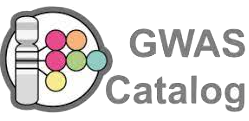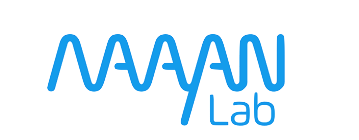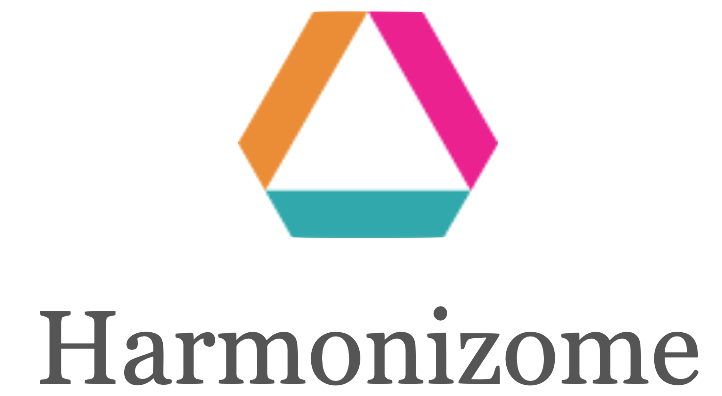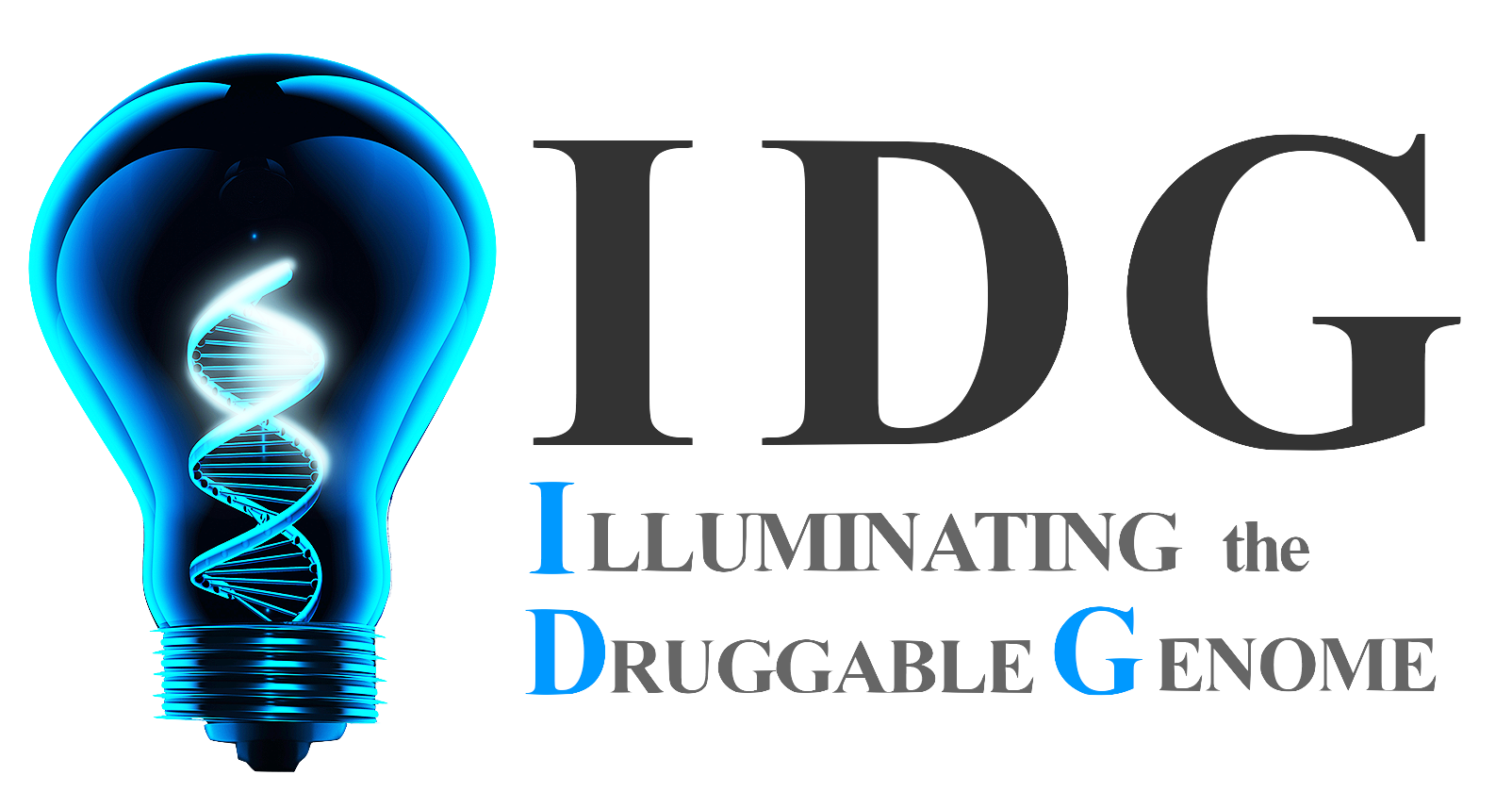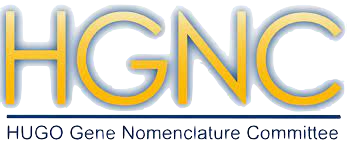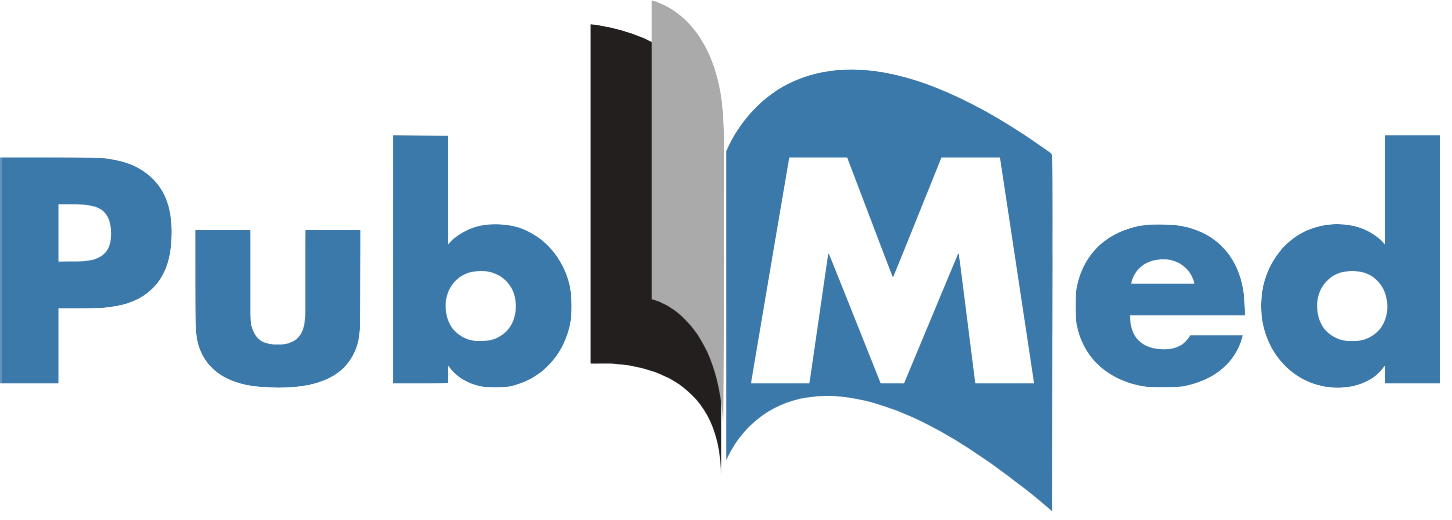Gene and Drug Landing Page Aggregator
Gene and Drug Landing Page Aggregator (GDLPA) has links to 53 gene, 18 variant and 19 drug repositories that provide direct links to gene and drug landing pages. You can search by gene or drug name and then choose the sites that contain knowledge about your gene or drug of interest. Resources supported by the NIH Common Fund are listed first and have the CFDE logo at their top right corner.
Gene-gene interactions (GGIs) from mRNA co-expression :
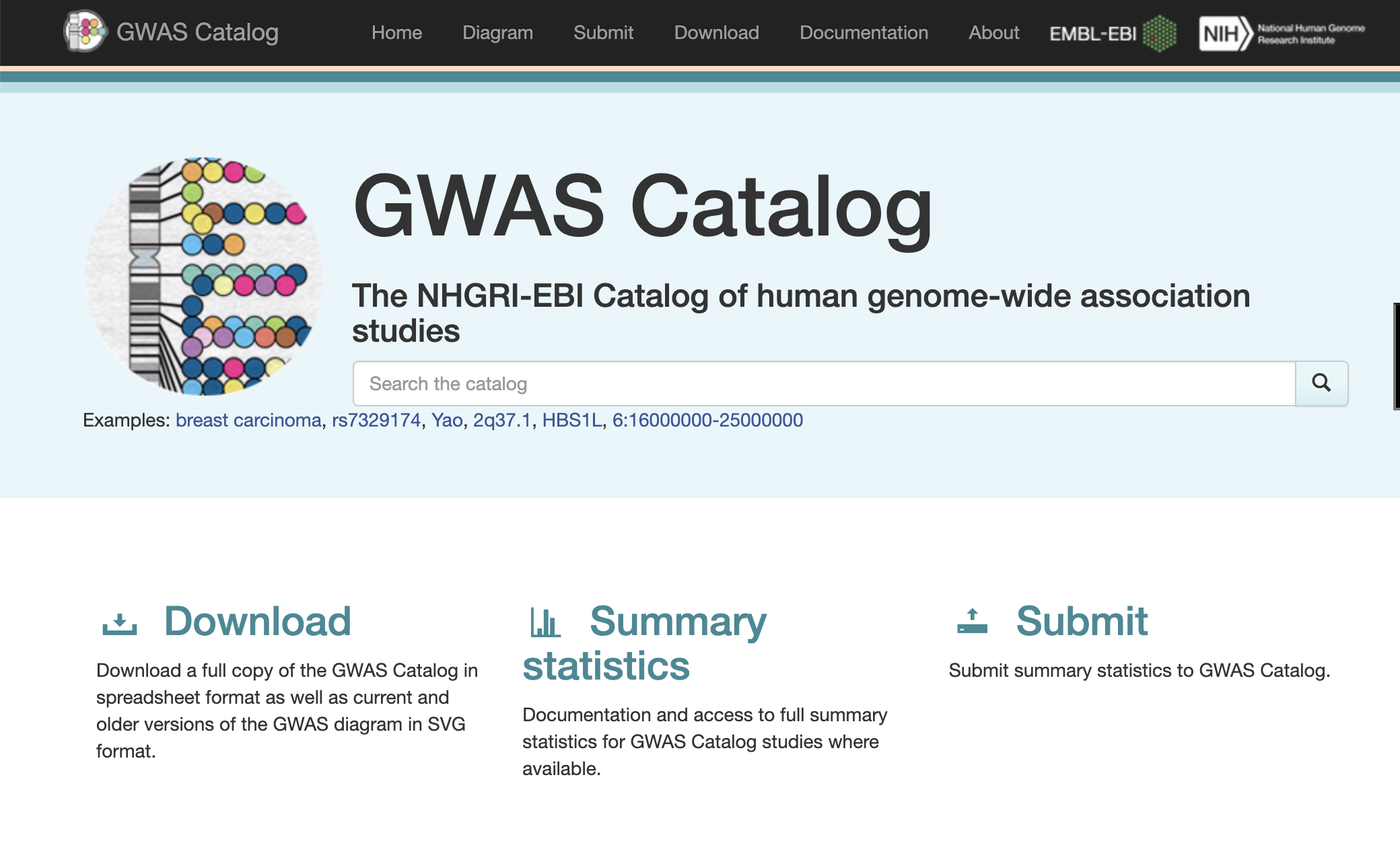
The GWAS Catalog provides a consistent, searchable, visualisable and freely available database of SNP-trait associations, which can be easily integrated with other resources.

Enrichr is an enrichment analysis tool that provides various types of visualization summaries of collective functions of gene sets.
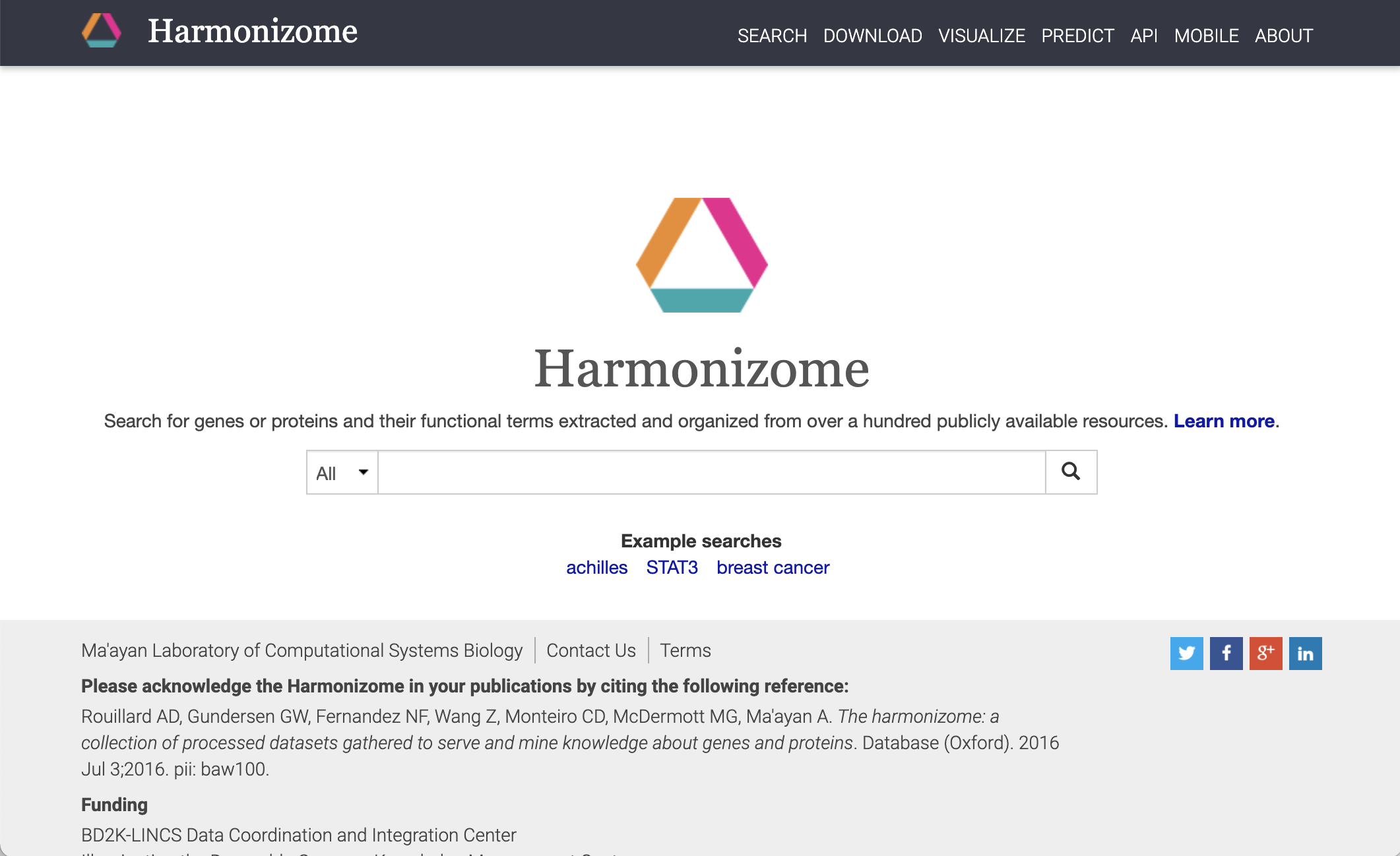
The Harmonizome is a collection of knowledge about genes and proteins from 114 datasets created by processing 66 online resources to facilitate discovery via data integration.
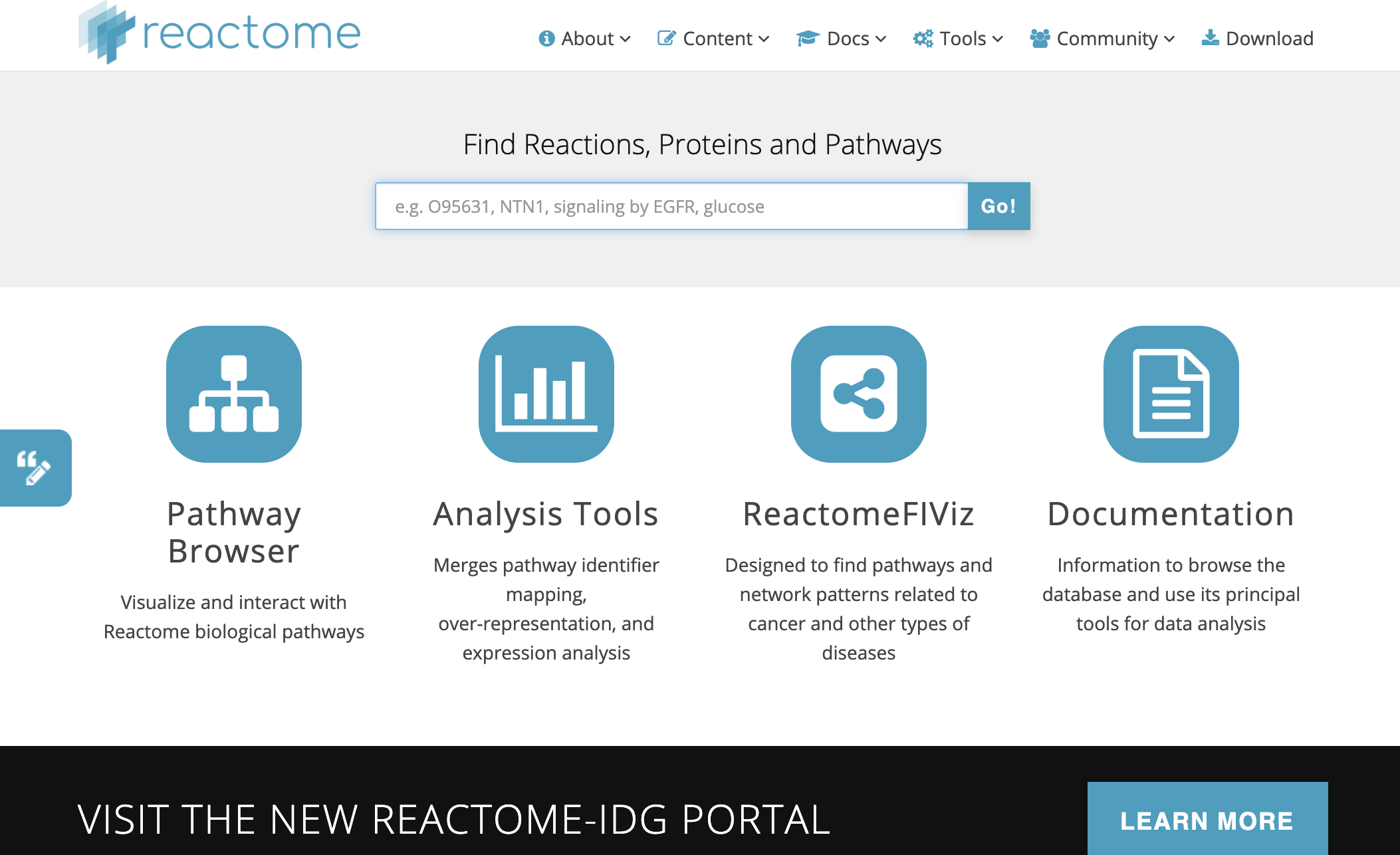
Reactome is a free, open-source, curated and peer-reviewed pathway database that provides intuitive bioinformatics tools for the visualization, interpretation and analysis of pathway knowledge.
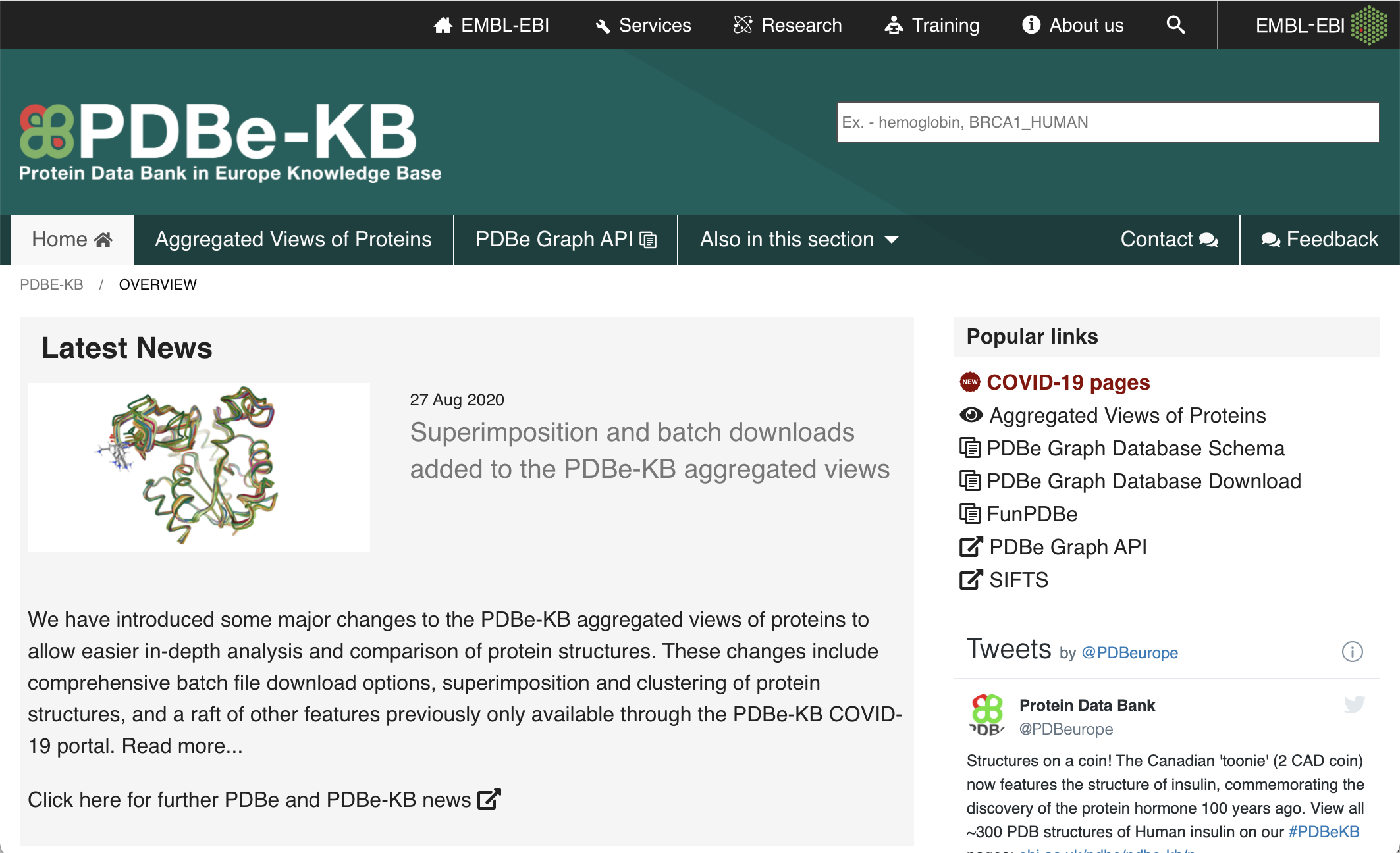
PDBe Knowledge Base is a community-driven resource managed by the PDBe team, collating functional annotations and predictions for structure data in the PDB archive.
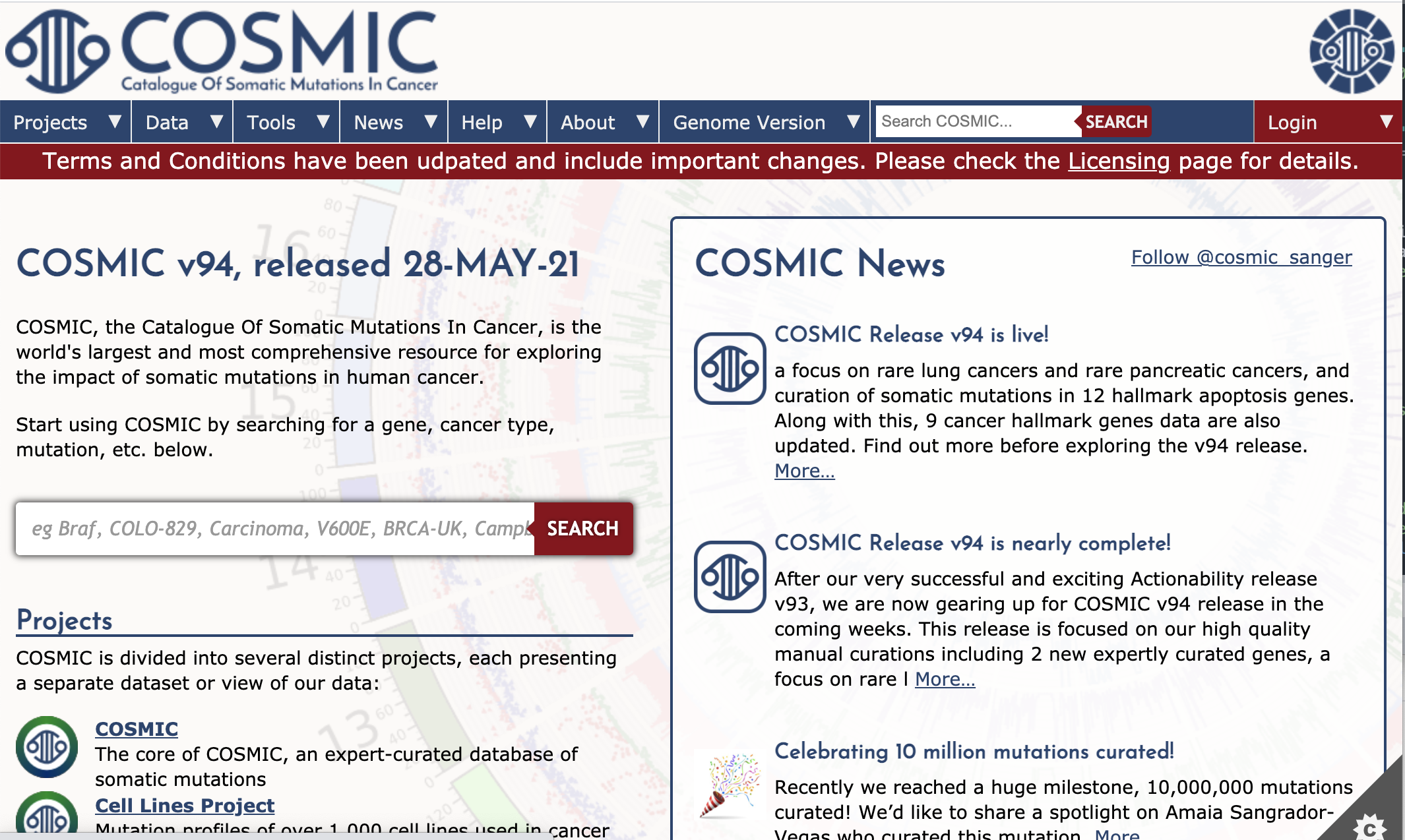
COSMIC, the Catalogue Of Somatic Mutations In Cancer, is the world's largest and most comprehensive resource for exploring the impact of somatic mutations in human cancer.
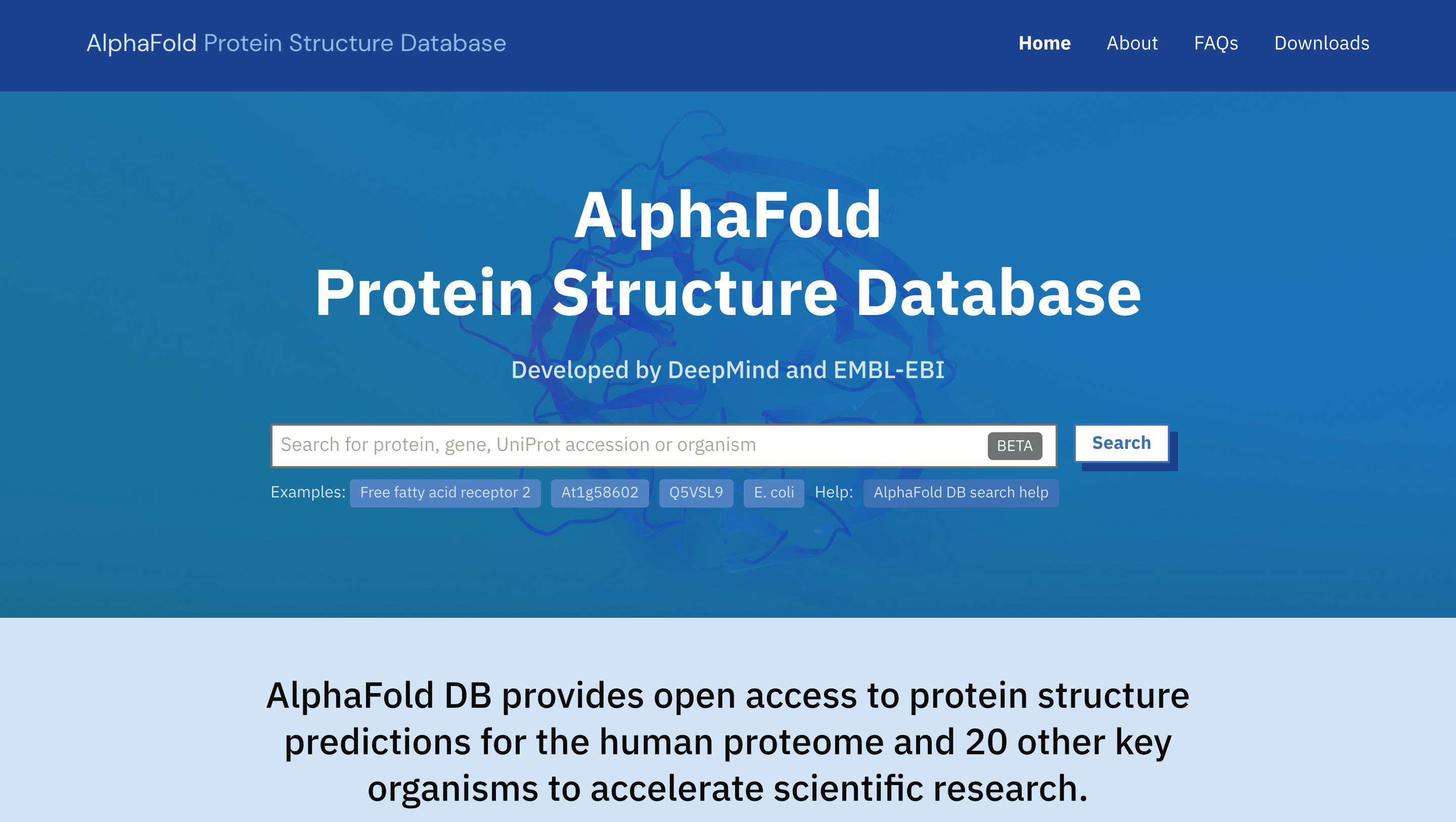
AlphaFold DB provides open access to protein structure predictions for the human proteome and 20 other key organisms to accelerate scientific research.

IDG Reactome Portal provides biologist-friendly way to visualize proteins, complexes, and reactions in high-quality Reactome pathways.
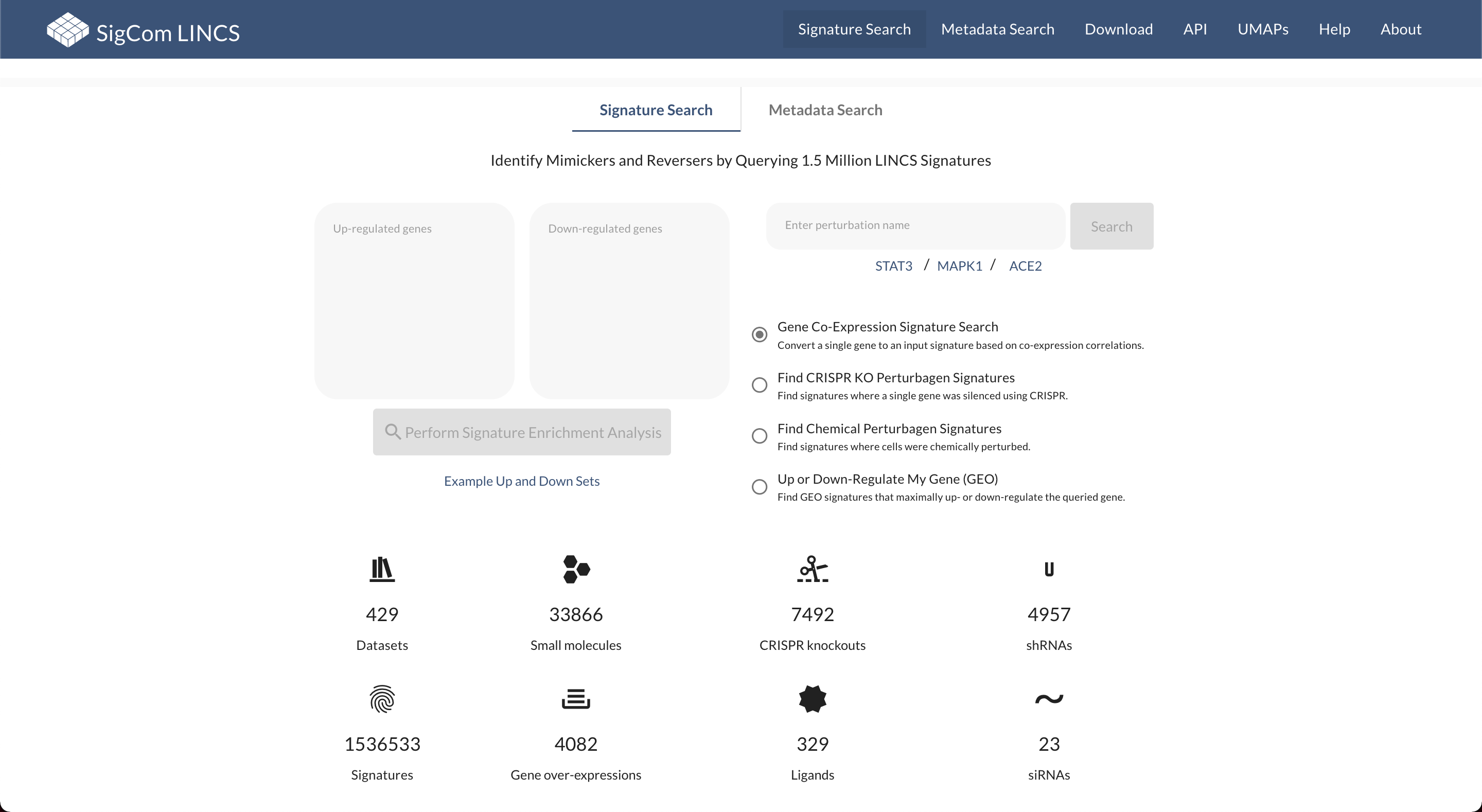
SigCom LINCS data portal serves LINCS datasets and signatures. It provides a signature similarity search to query for mimicker or reverser signatures.
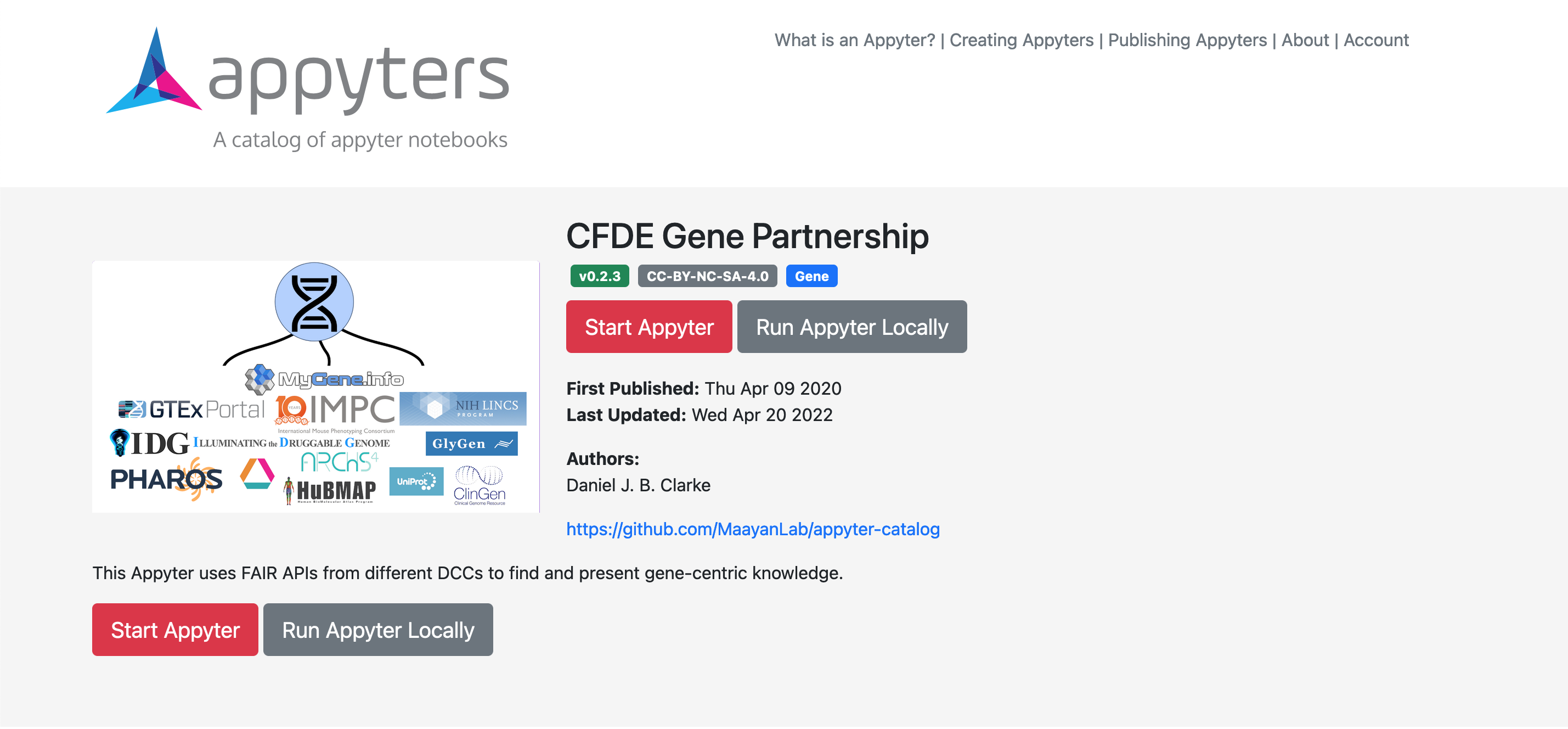
CFDE Gene Partnership uses FAIR APIs from different DCCs to find and present gene-centric knowledge.
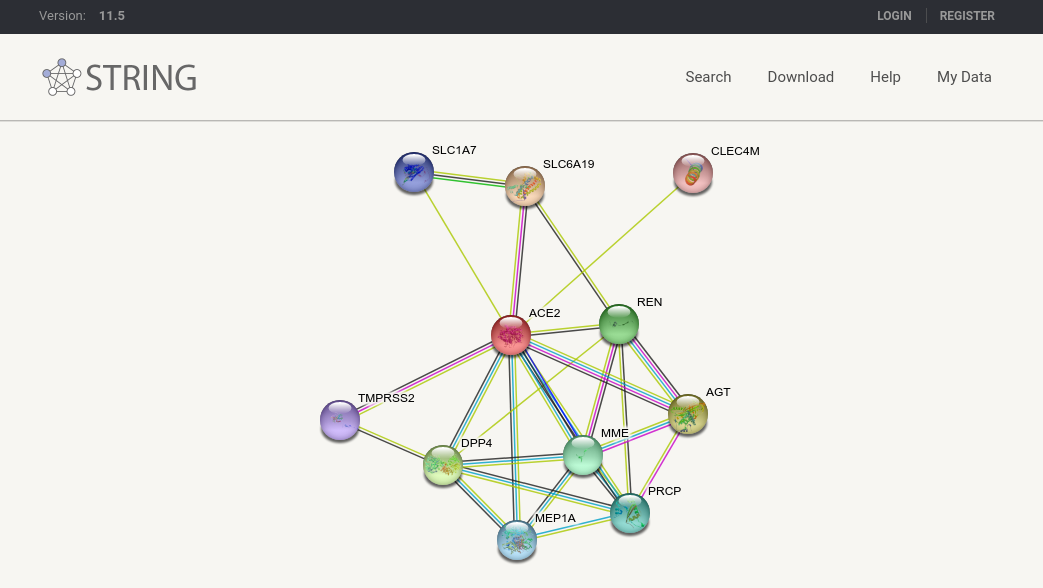
STRING is a database of known and predicted protein-protein interactions and a functional enrichment tool covering more than 5000 genomes.
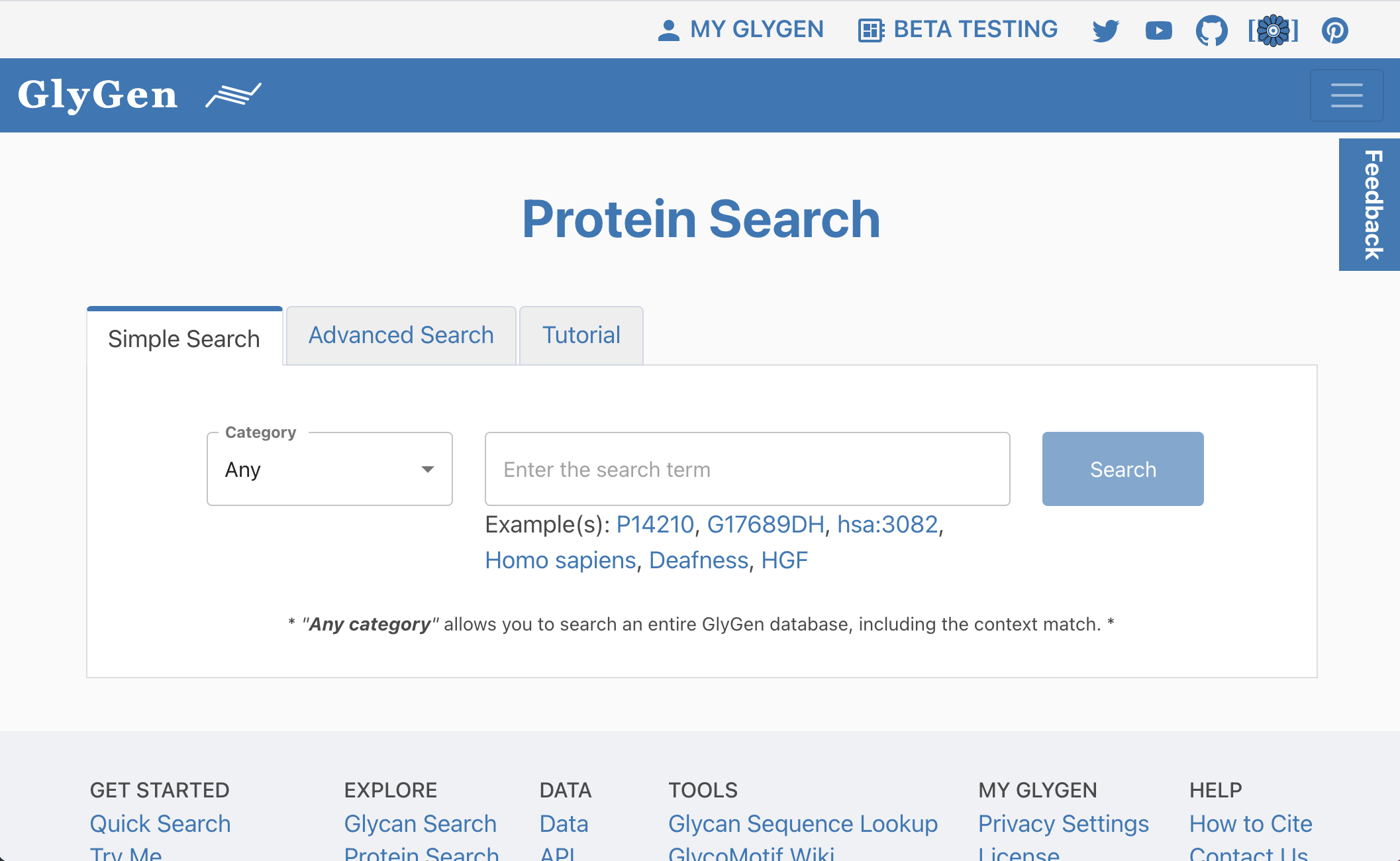
GlyGen provides computational and informatics resources and tools for glycosciences research using information from many data sources.
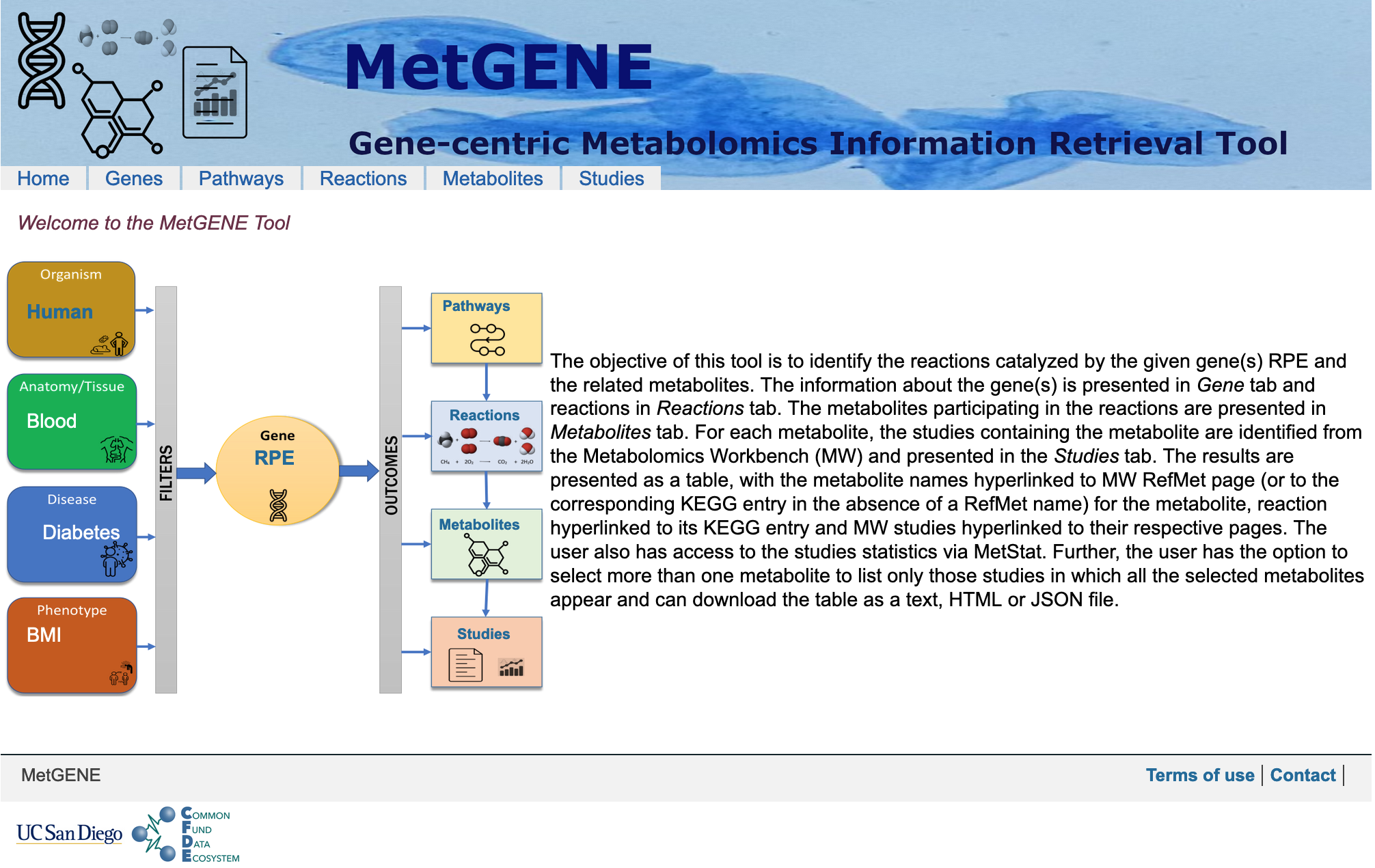
The objective of MetGENE is to identify the reactions catalyzed by the given gene(s) RPE and the related metabolites.
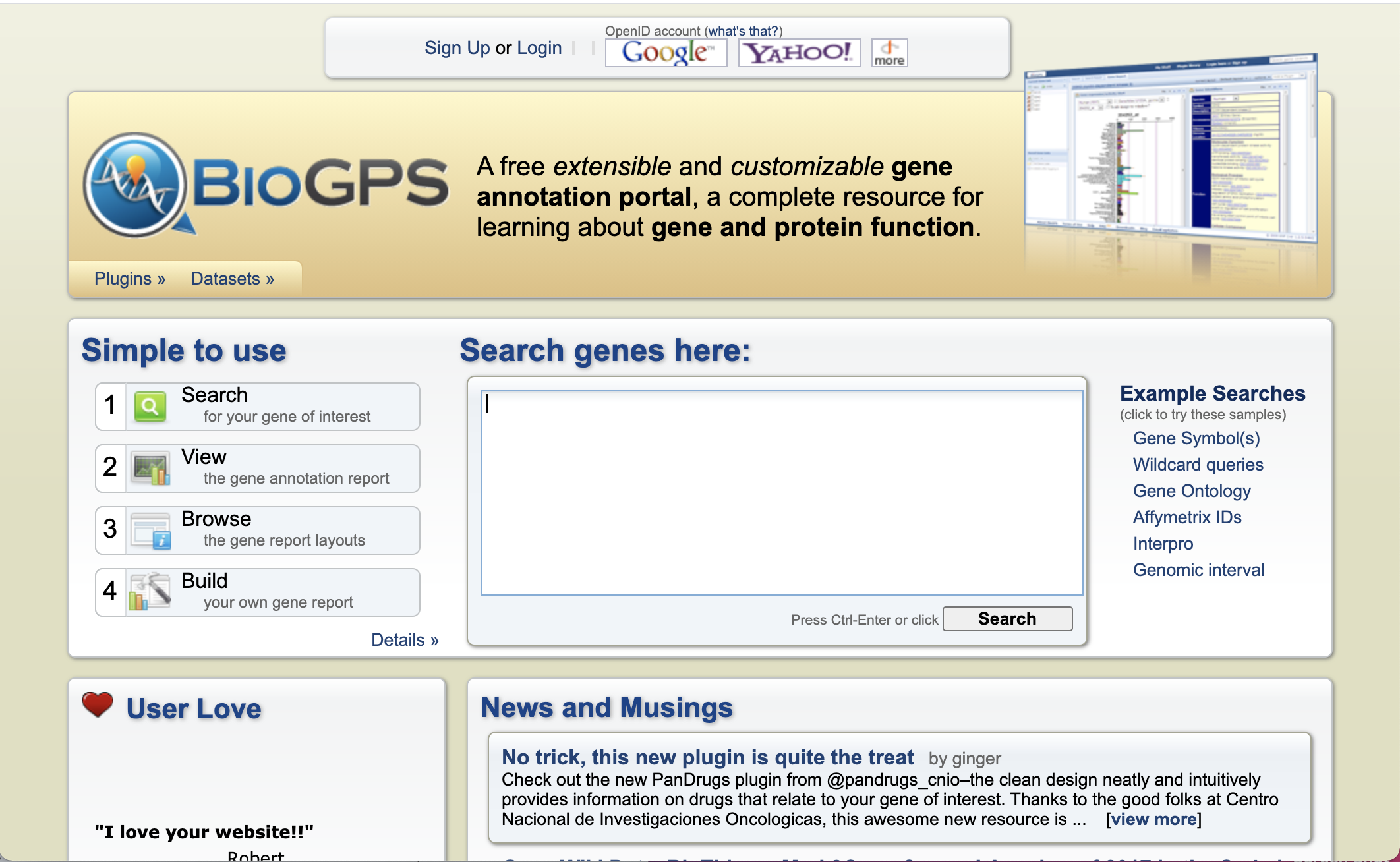
BioGPS is a free extensible and customizable gene annotation portal, a complete resource for learning about gene and protein function.

The Genotype-Tissue Expression (GTEx) Portal provides open access to data including gene expression, QTLs, and histology static.
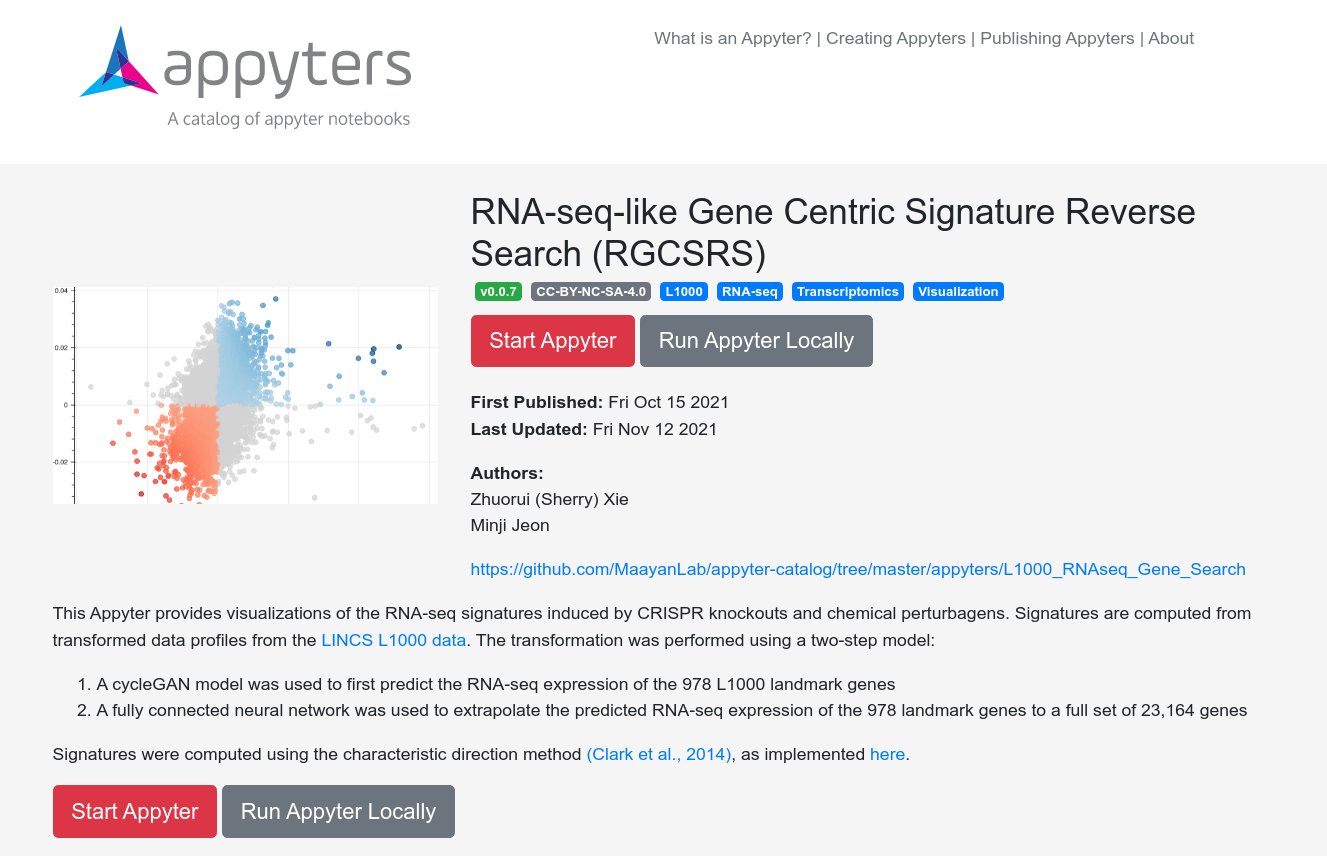
The RGCSRS Appyter provides visualizations of the RNA-seq signatures induced by CRISPR knockouts and chemical perturbagens. Signatures are computed from transformed data profiles from the LINCS L1000 data.
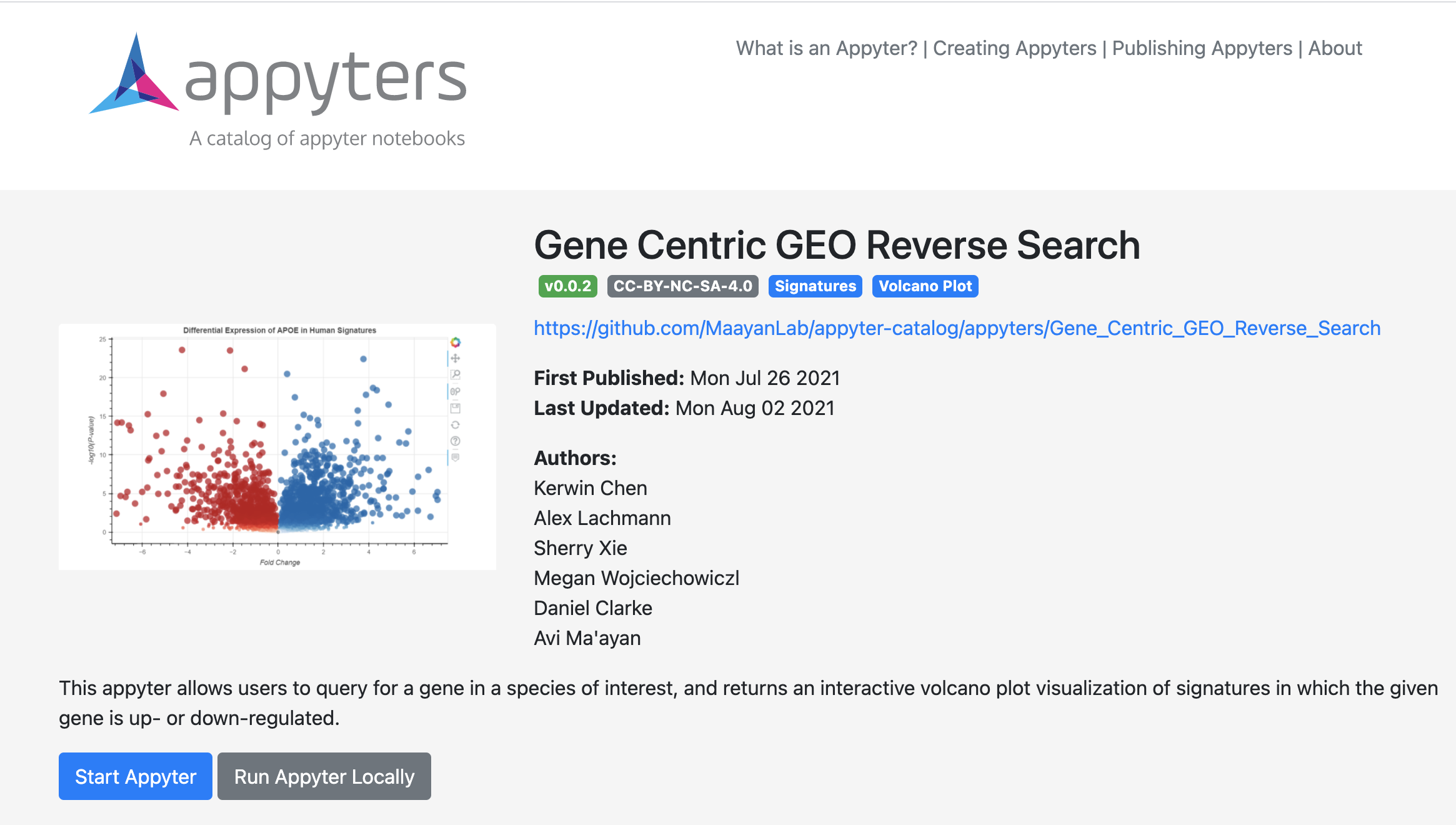
Gene Centric GEO Reverse Search Appyter enables users to query for a gene in a species of interest; it returns an interactive volcano plot of signatures in which the gene is up- or down-regulated.
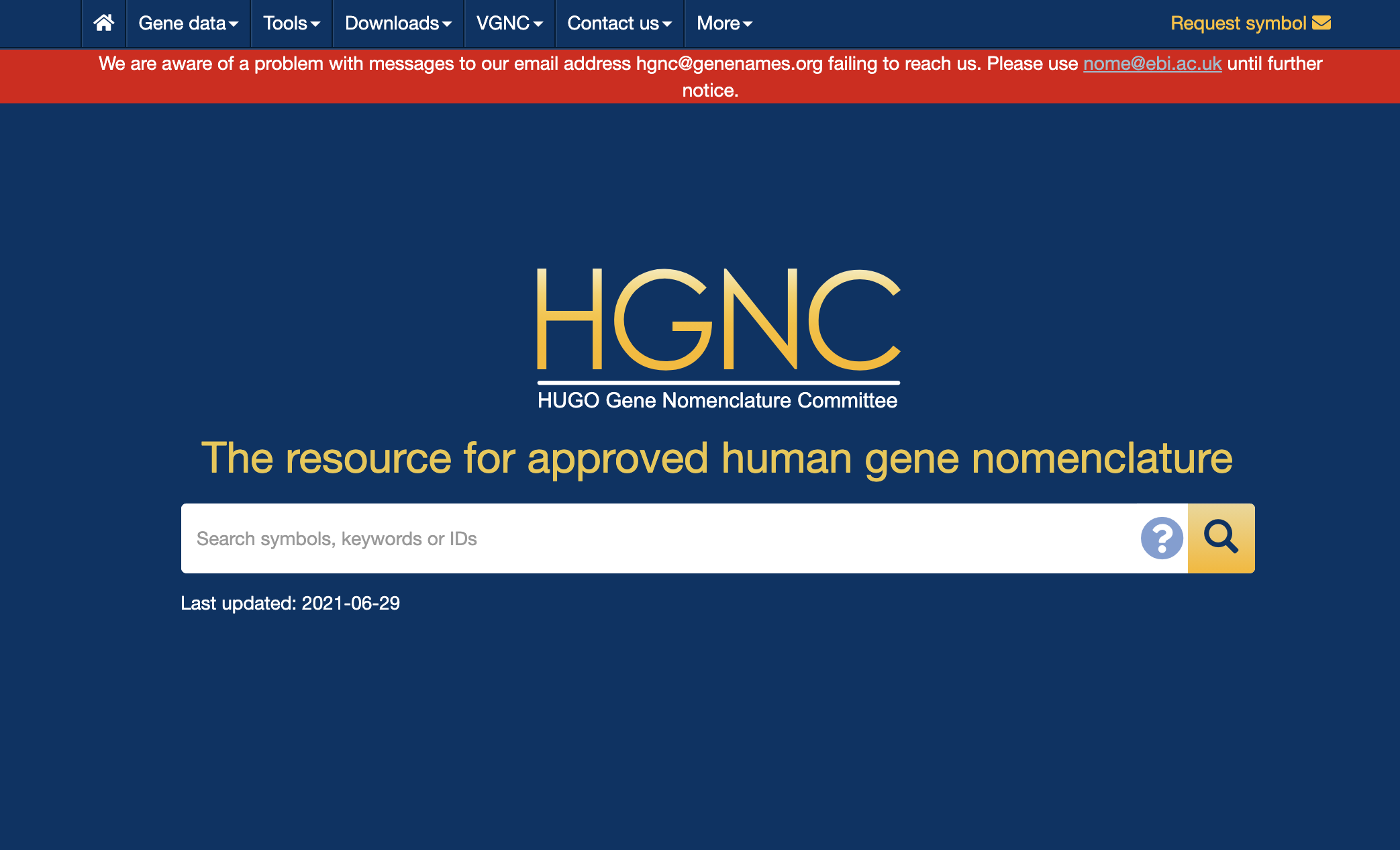
The HGNC database is a curated online repository of approved gene nomenclature, gene groups and associated resources including links to genomic, proteomic and phenotypic information.
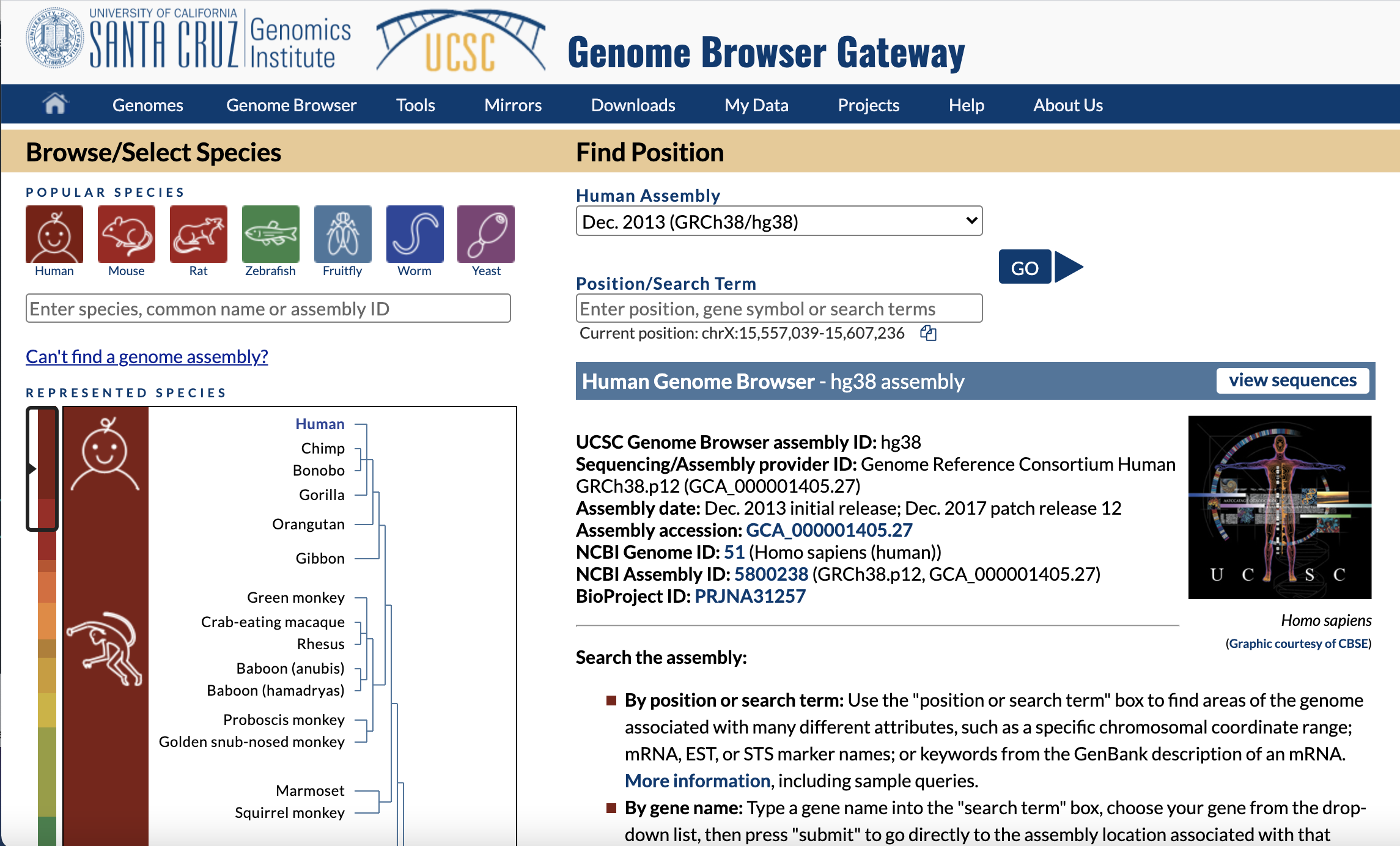
The Human Genome Browser includes a broad collection of vertebrate and model organism assemblies and annotations, along with a large suite of tools for viewing, analyzing and downloading data.
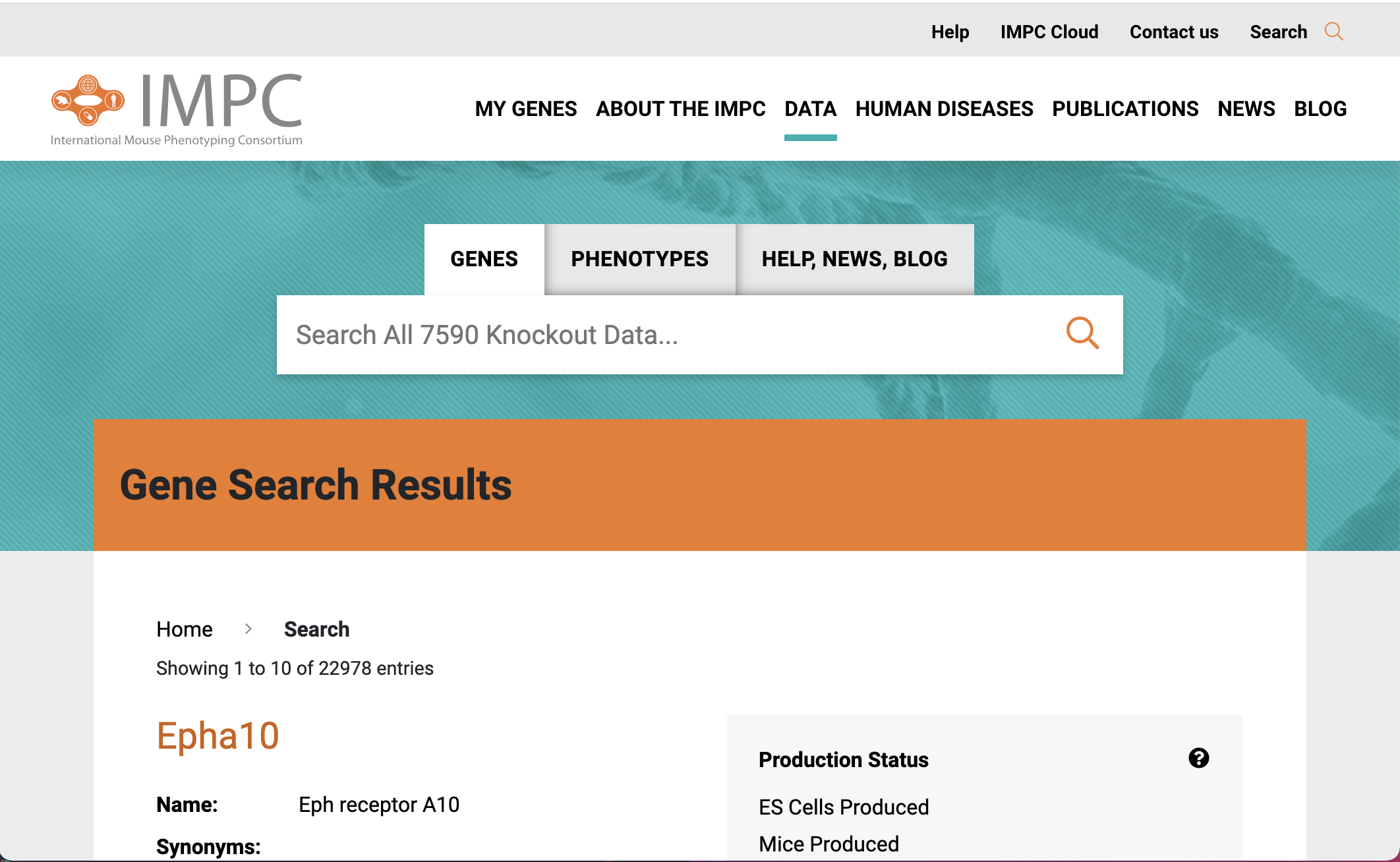
The Knockout Mouse Programme - International Mouse Phenotyping Consortium (KOMP-IMPC) has information about the functions of protein-coding genes in the mouse genome.
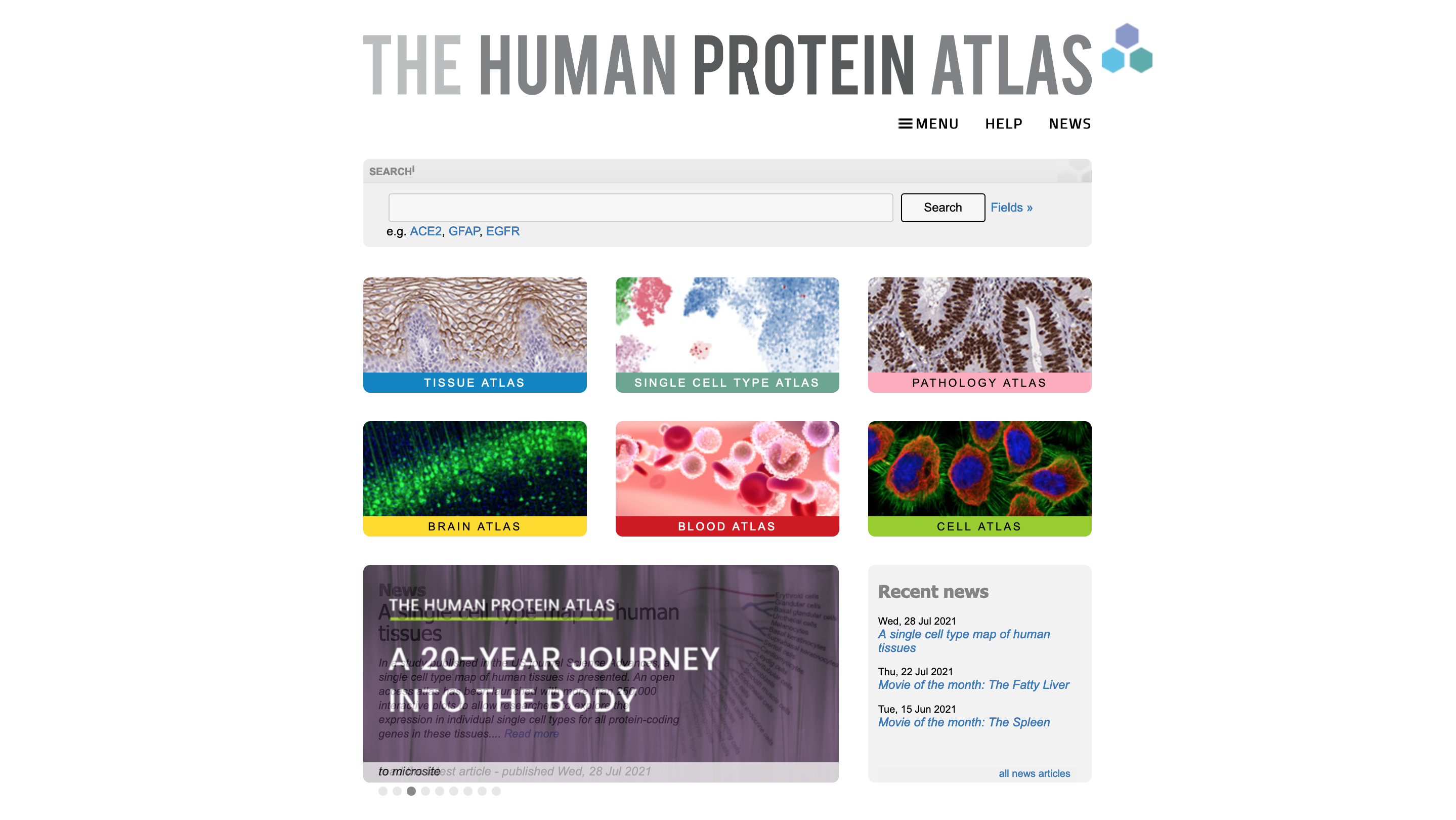
The Human Protein Atlas aims to map all human proteins in cells, tissues and organs using the integration of various omics technologies.
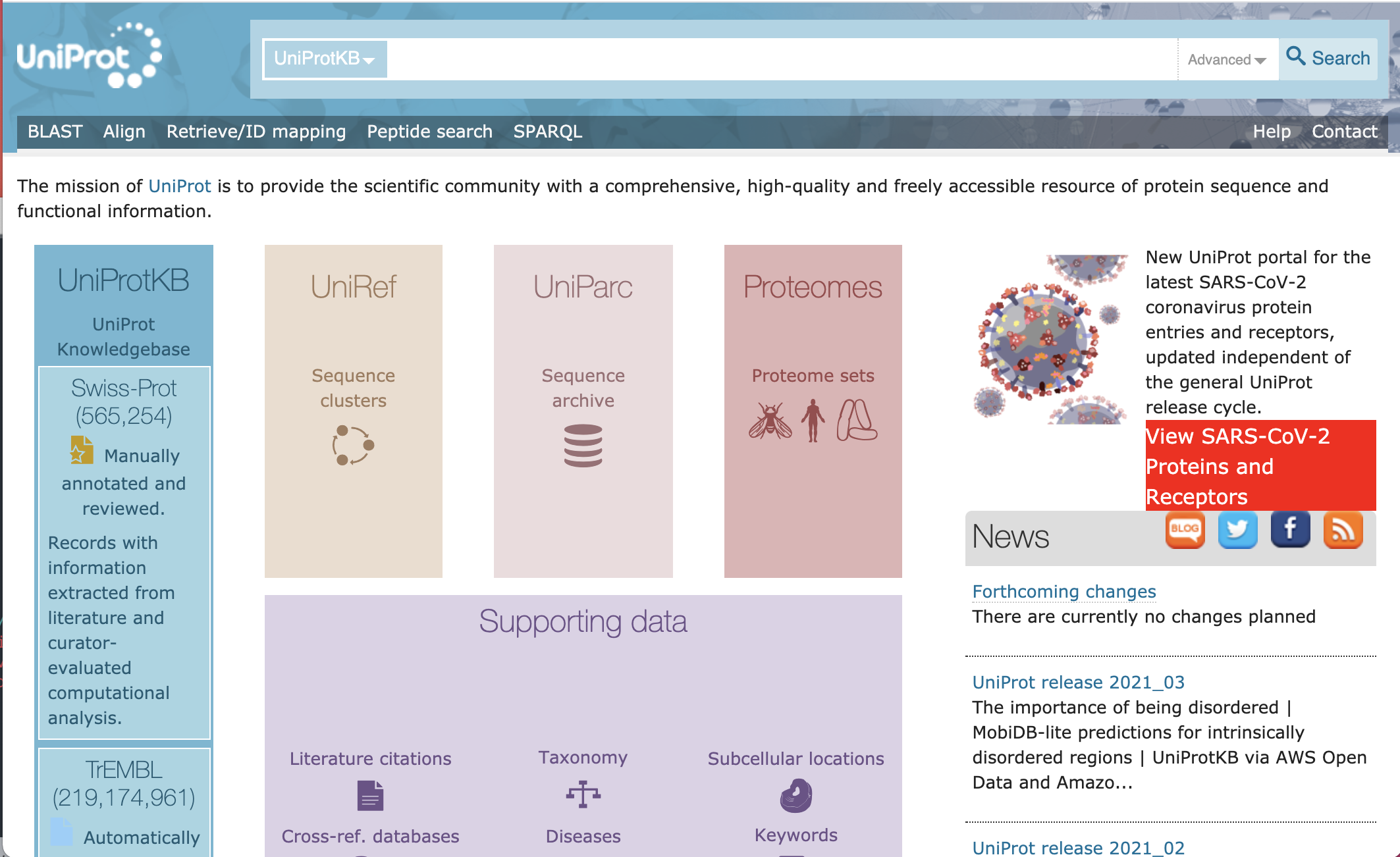
The mission of UniProt is to provide the scientific community with a comprehensive, high-quality and freely accessible resource of protein sequence and functional information.
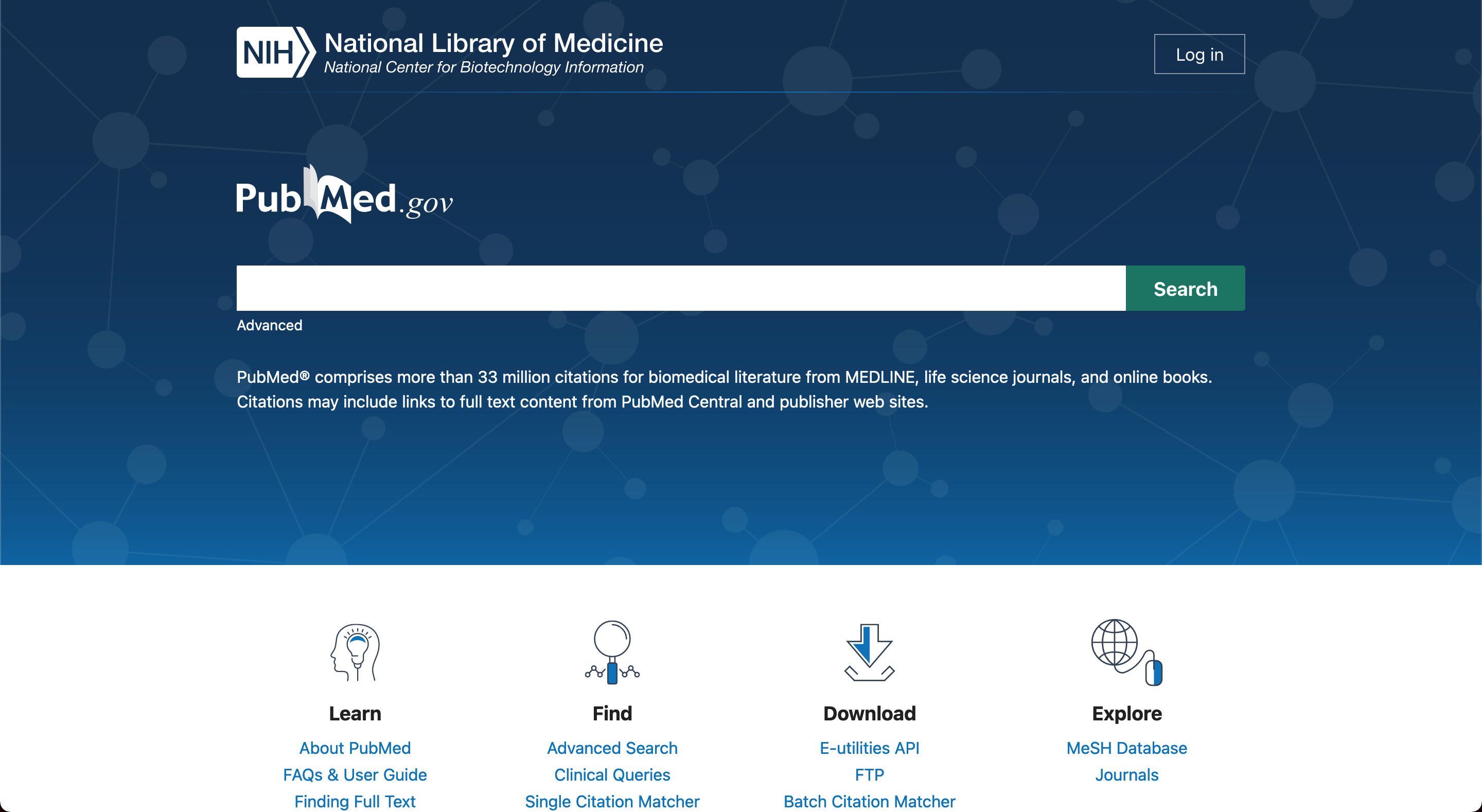
PubMed comprises more than 33 million citations for biomedical literature from MEDLINE, life science journals, and online books.
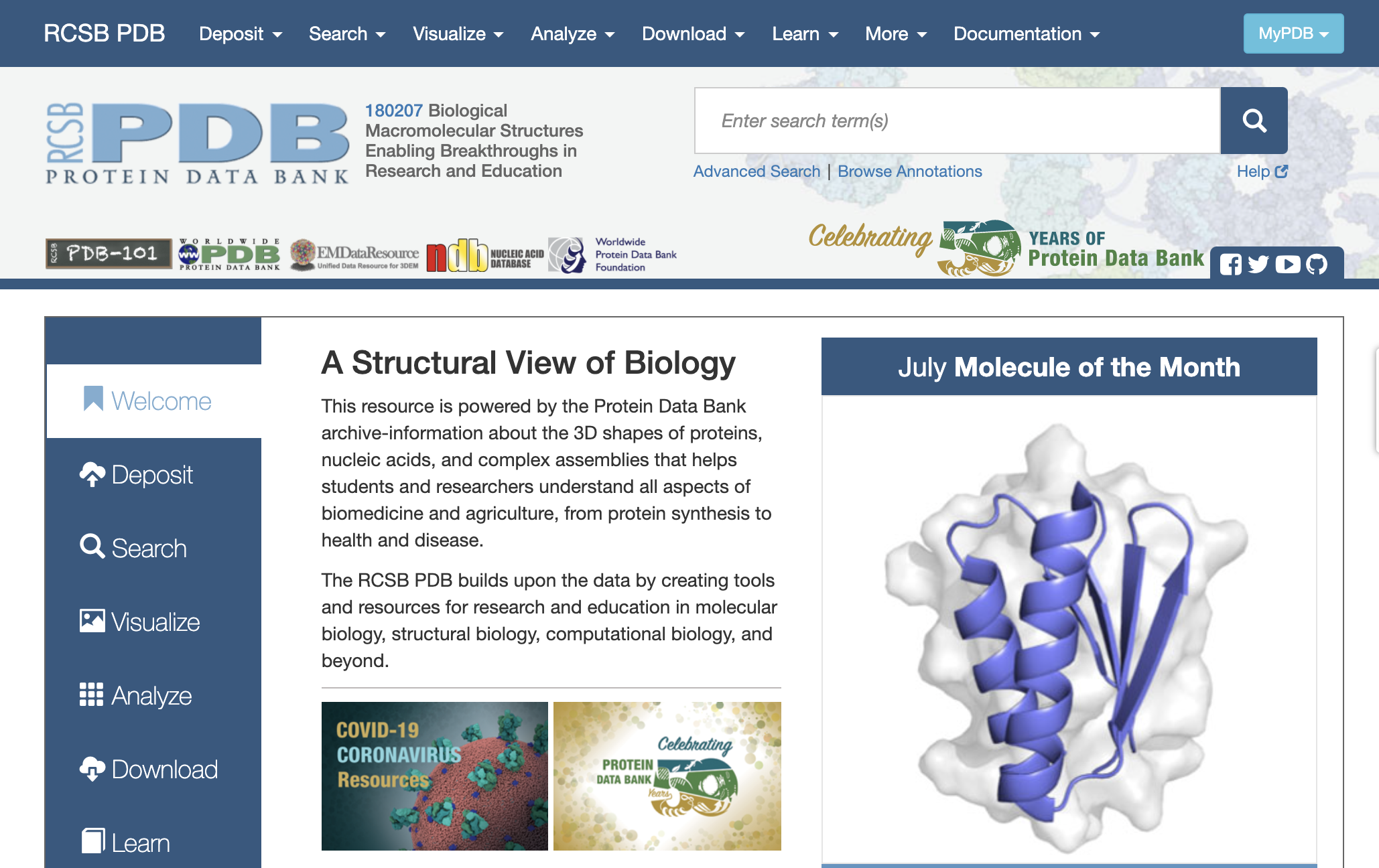
PDB has information about the 3D shapes of proteins, nucleic acids, and complex assemblies that contribute to understanding everything from protein synthesis to health and disease.
